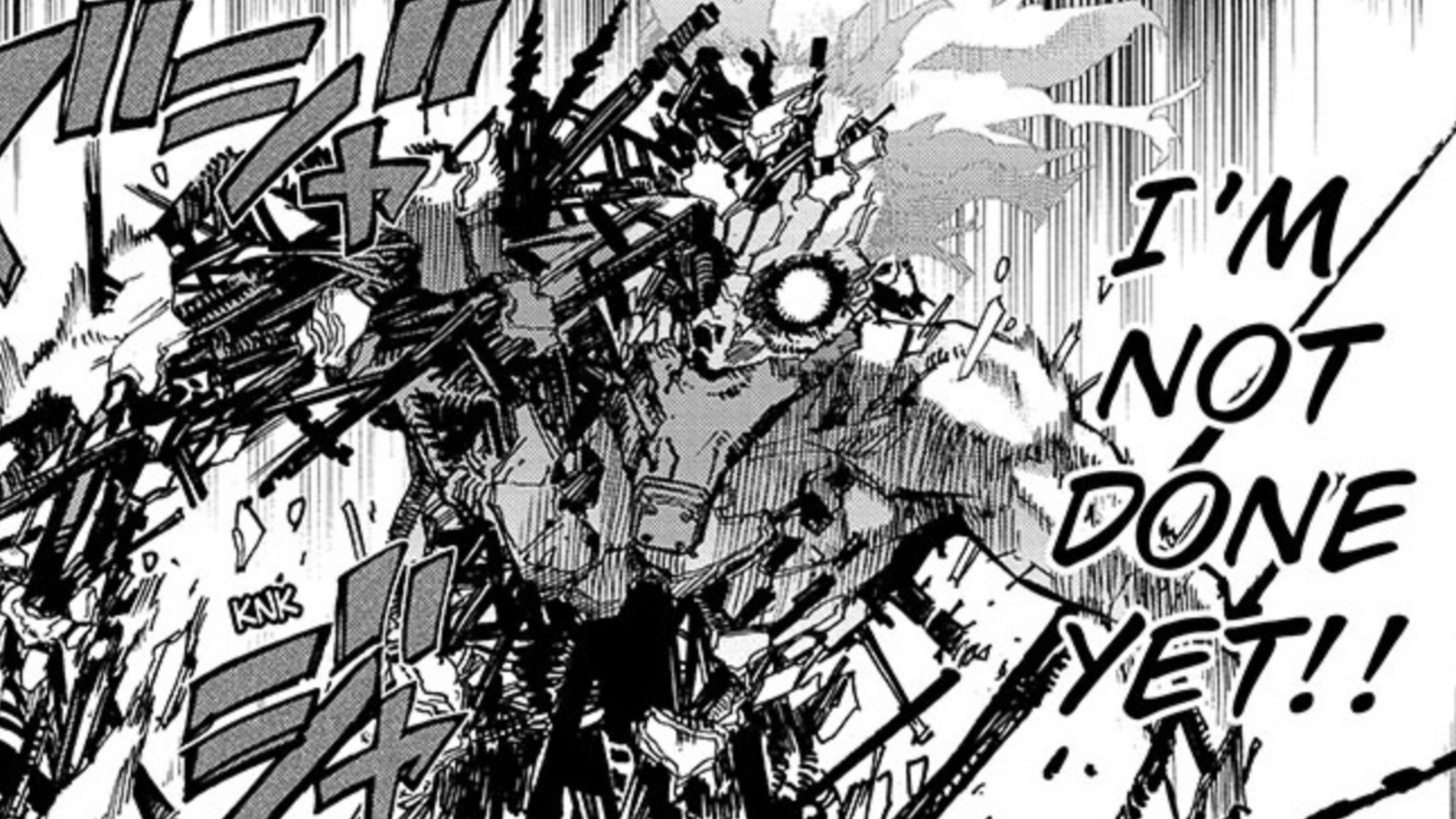
One trademark of American superhero comics, the kind that manga series My Hero Academia has obviously taken some inspiration from, is that they rarely end. Sure, certain storylines wrap up and a character might even kick the bucket from time to time (only to usually be revived later on) but most operate within an eternal narrative. Even the most famous comic about an aging, possibly dying superhero, Frank Miller's The Dark Knight Returns, ends with the elderly Batman faking his death and contemplating a troubling future. The pressure of this style puts My Hero Academia in an unenviable position: How do you tell a superhero story that ends?
In a few weeks, creator Kohei Horikoshi will be saying goodbye to his long-running series – a manga that was not only a powerhouse addition to the Weekly Shōnen Jump anthology, but one that spawned copious spin-offs and an anime phenomenon that is currently in its seventh season.
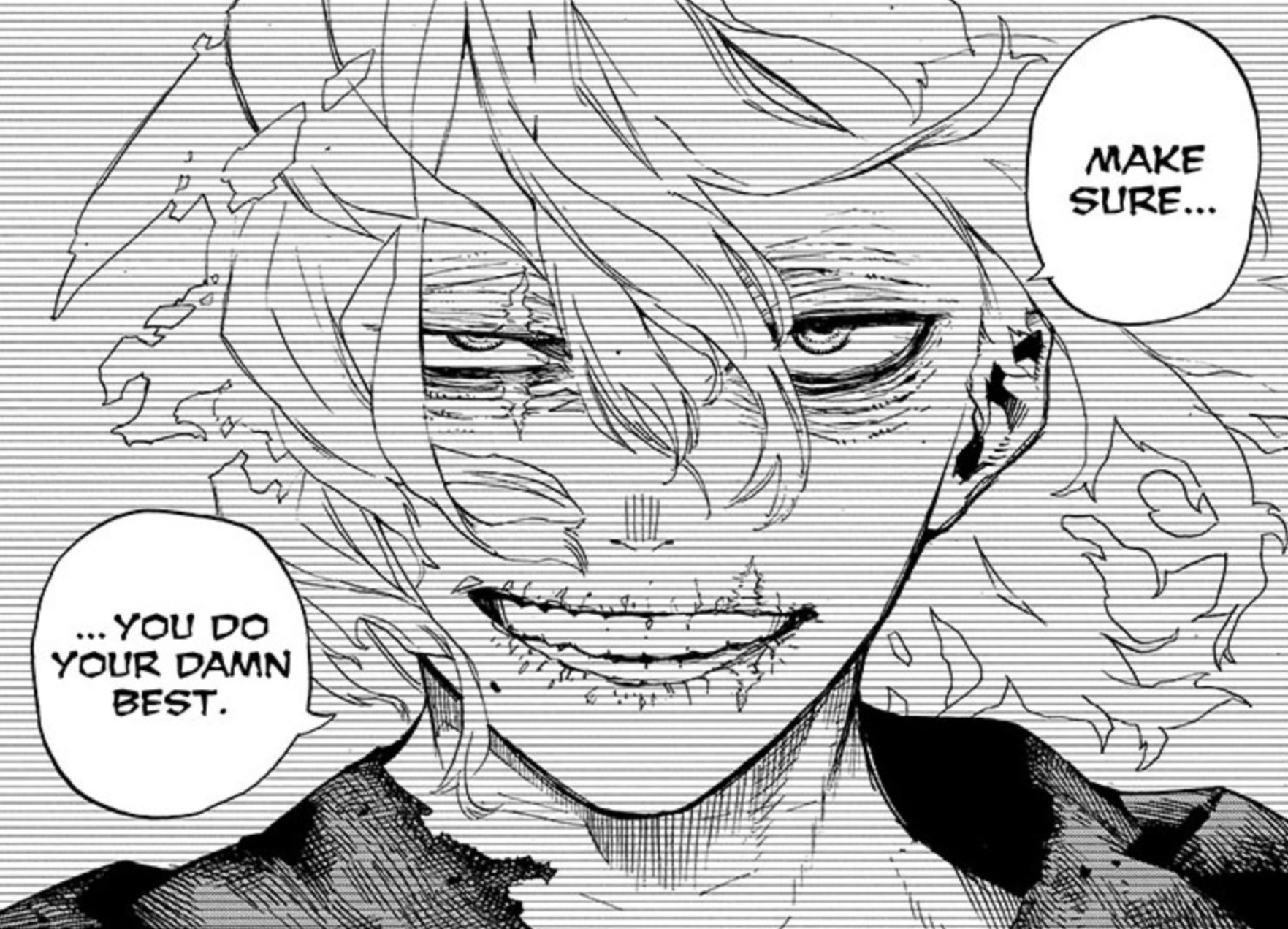
The story of Izuku Midoriya, a boy born without a "Quirk" (AKA a superpower) in a world full of them has seen its fair share of ups and downs. Much of the early going is traditionally aspirational (think Dragon Ball mixed with Spider-Man) as nerdy little Midoriya is eventually granted a Quirk by the powerful beacon of goodness All Might and he enlists in the superhero training academy U.A. High School. The villains, especially in the first half of the series, are a compelling mix of the megalomaniacal and philosophically disillusioned. Their subsequent clashes are rooted around these ideological differences, with the heroes viewing their trade as a beneficial service and the villains attempting to undermine that perception.
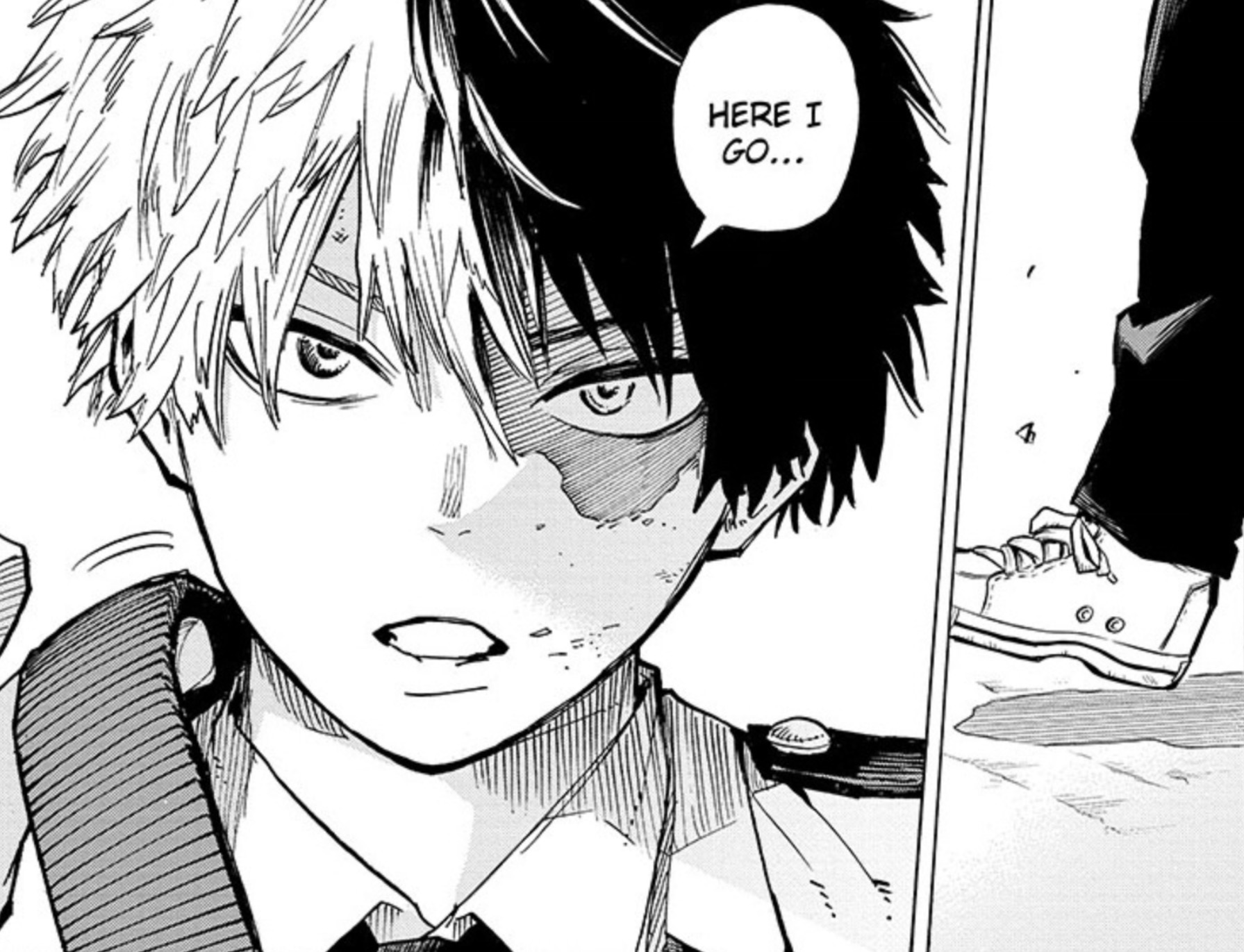
A staple of the superhero industry is the fact that creators will inevitably pass characters and titles on to new writers and artists, meaning that even though the story continues, a long-running comic is filled with numerous rebirths and changes. My Hero Academia, on the other hand, is under the thumb of only Horikoshi, and many of the series' later complications come from the creator throwing in more elements than it sometimes seems like he's equipped to handle. My Hero Academia is consistently fun, but layered between copious villain team-ups and backstory reveals (along with the fact that Midoriya, while a solid main character, is arguably less interesting than his hot-headed frenemy/rival Bakugo and the angsty Todoroki), the bombastic scale is constantly on the verge of a tipping point.
It leads us to a climax where - spoiler alert - the young heroes and their mentors are tasked with not only defeating a gigantic grab bag of villains but also saving all of Japan. The country has, at this point, been rendered a no man's land due to how infested with super crooks it is, and the lengthy endgame fight between Midoriya and his arch foe Shigaraki has grander stakes than anything that's come before. This is par for the course to an extent, as superhero comics are full of big bang clashes to save the city or country or universe - or even multiverse. It's also in line with My Hero Academia's manga peers - stories that also tend to wrap up after the biggest possible conflict.
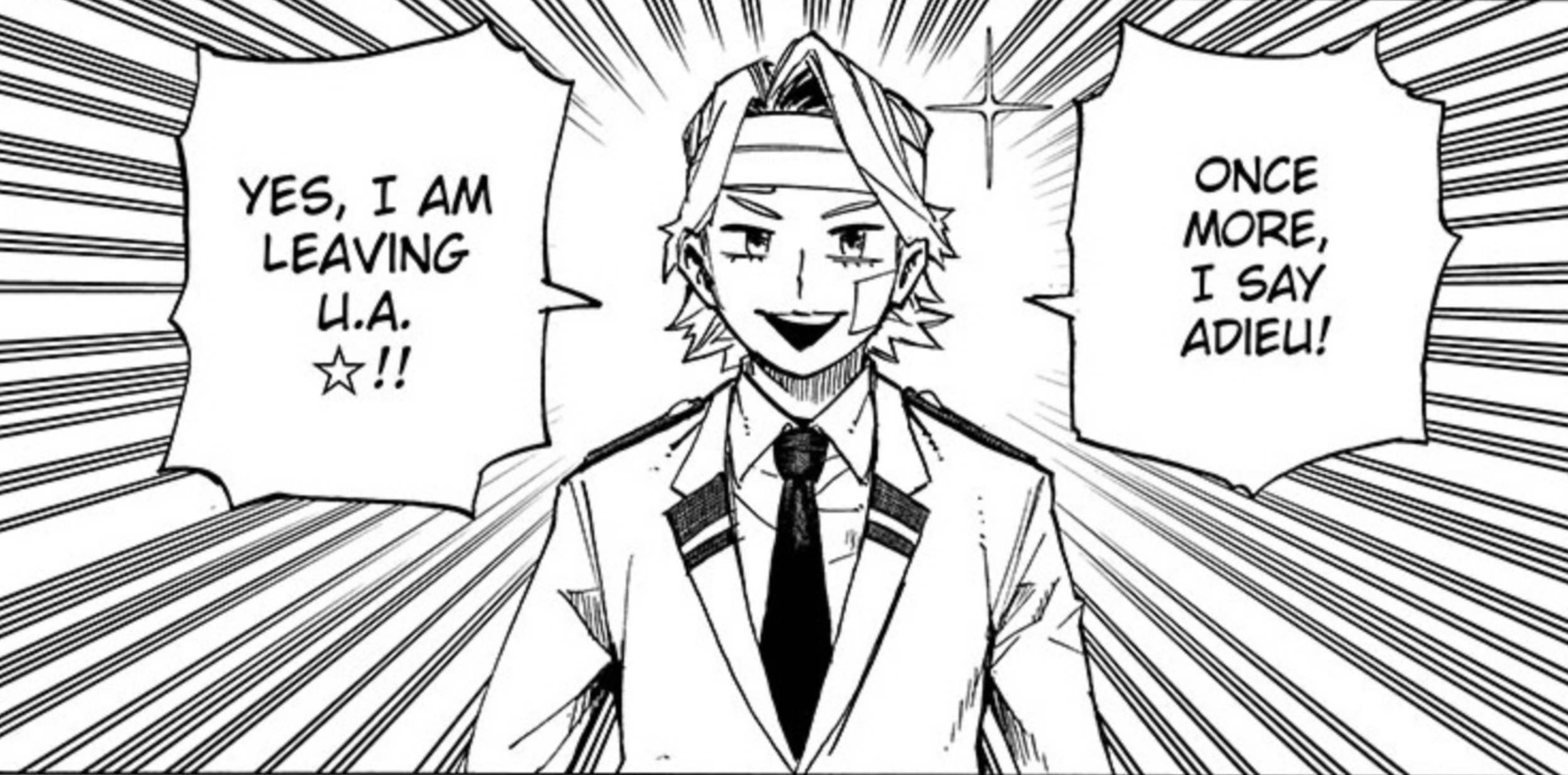
When the dust clears, the young heroes attempt to rebuild, and the simple delight they feel in returning to normalcy is reminiscent of the more lighthearted banter and relationships they had at the beginning of the series, back before they were in a time of war, when they were simply kids trying to explore what it was like to have and use powers and get along with new friends. These beloved characters are allowed to find extended comfort in the joyous final chapters. Not giving us a "The End" immediately after the battle concludes is a wise choice by Horikoshi, for this lengthy epilogue ends up bringing My Hero Academia full circle tonally.
Horikoshi has always been adept at putting together action sequences, especially when he's able to clearly define the combatants rather than allow them to get caught up in explosions. However, the end of My Hero Academia returns him to what is arguably his greatest strength – reconstructing the sense of optimism that made fans fall in love with the series in the first place.
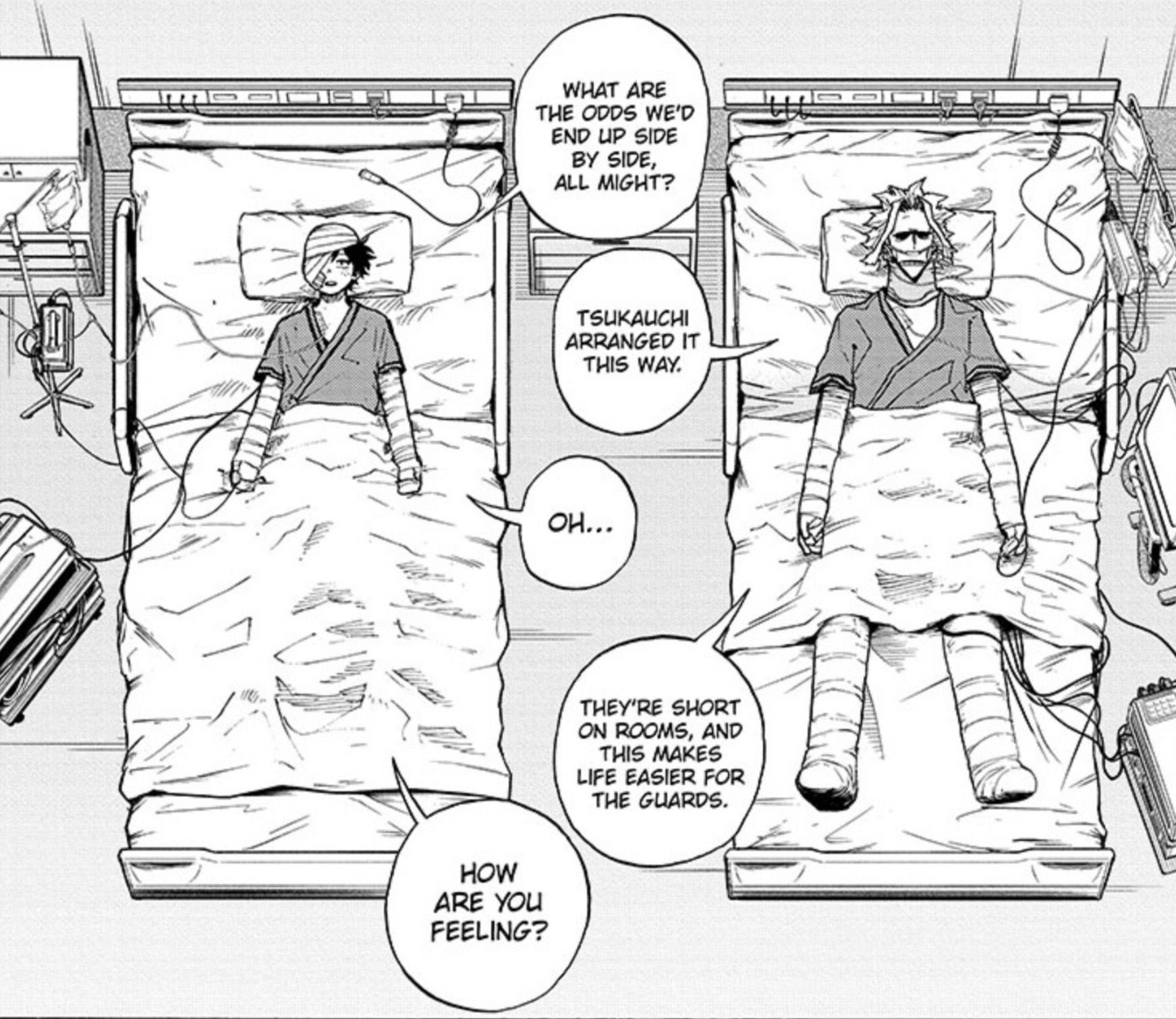
My Hero Academia has a fairly positive view of the superhero genre, one that stands out as other titles attempt to dissect it. After all, it is a story about superpowers being so ubiquitous and helpful that they're essentially turned into a government utility. The aforementioned Dark Knight Returns made it clear that there is never a chance to truly go back. Things can't be the same as they were before. But Horikoshi posits that, even though there's rubble to clean up and problems to deal with, you can capture that uncluttered, escapist joy again. My Hero Academia ends by not returning to its start, but by promising a chance to experience something anew.
My Hero Academia's final chapter will be published in the combined Weekly Shōnen Jump #36/#37 on August from VIZ Media.
Keen to start reading manga? Here are 10 incredible ongoing series you should be reading right now.







